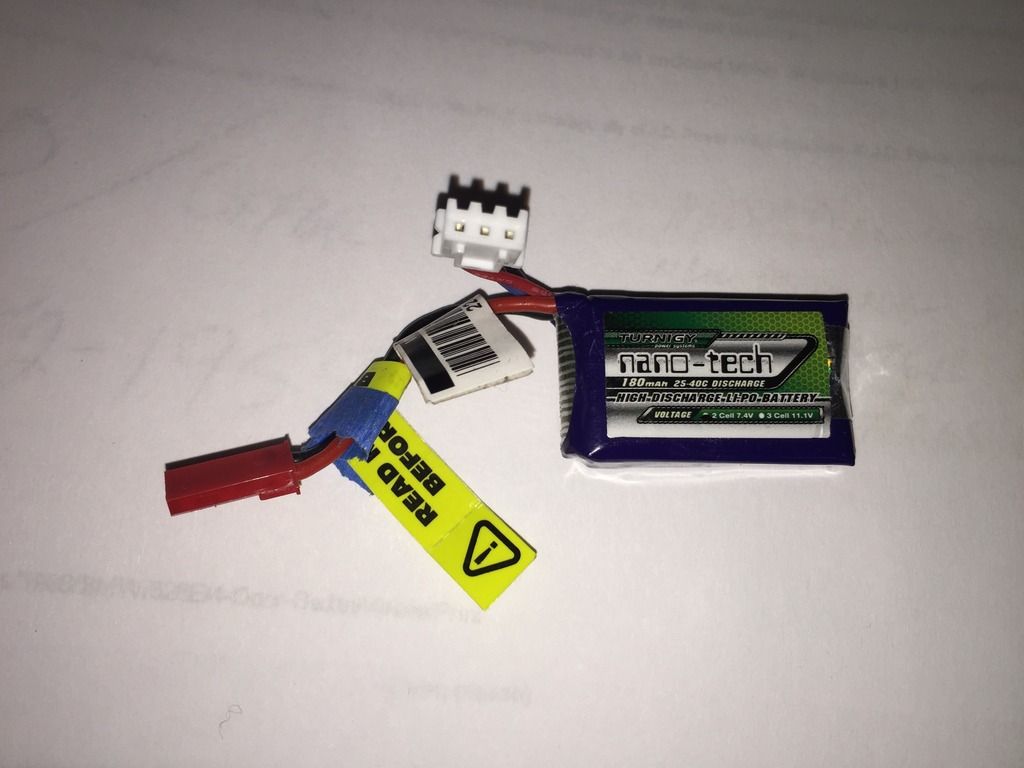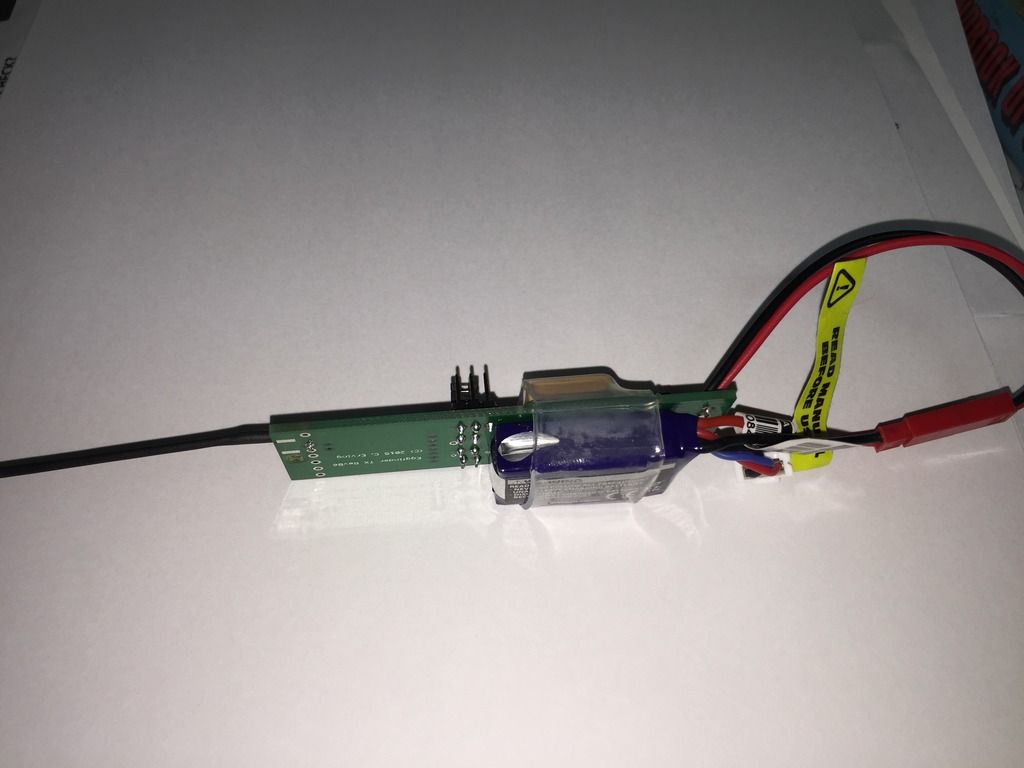dixontj93060
Well-Known Member
- Joined
- Feb 19, 2009
- Messages
- 13,083
- Reaction score
- 45
Which trackers and/or altimeters have a feature designed to protect LiPo's?
Most all high use LiPo hobby electronics use a low-voltage safe circuit (RC planes/cars). In rocketry the Big Red Bee product series has used this feature for years. An excerpt from the FAQ page is below:
Are there any concerns regarding the battery?
YES: Lithium poly batteries can be destroyed if overcharged or over discharged. Always use an appropriate charger. NEVER discharge below 3 volts. Even though the BeeLine Transmitters have a low voltage shutdown feature, the battery can still be over discharged. Always turn the transmitter off when not in use.







